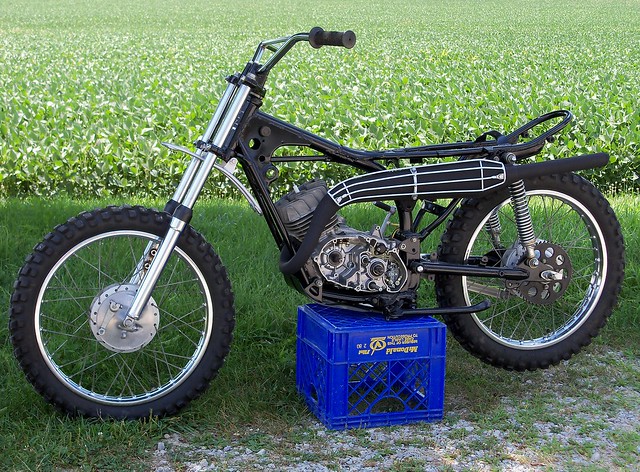
The chain guard chrome was badly pitted, so it also got blasted and the aluminum engine paint. This part shows one reason vintage bikes are so neat; being designed by a person and pencil they made even mundane parts look cool. On a modern bike a chain guard is a CAD designed afterthought.
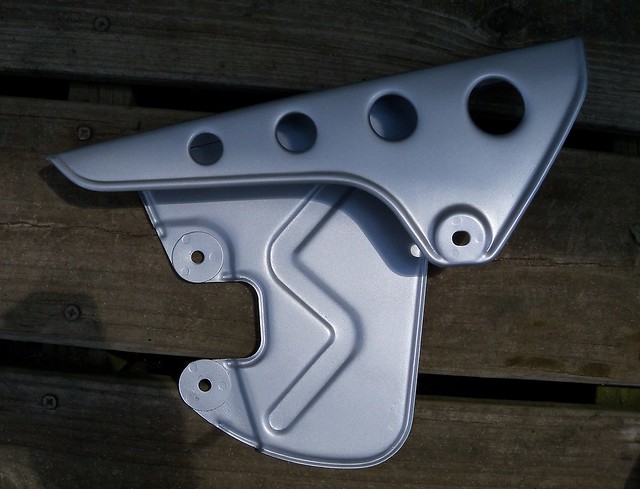
Pretty neat, the TS90MX.
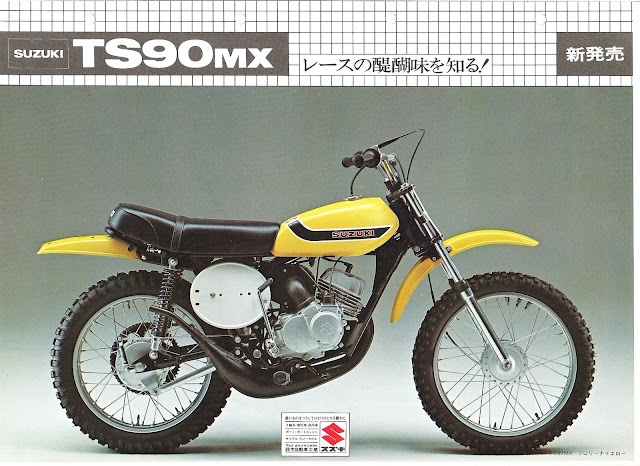
I'm doing the 1973 style stripes, but keeping the tank badges. I'm using Dupli-Color racing green, VHT gloss white, and VHT gloss yellow. I did a test piece on some scrap to see how they'd look. Maybe not exactly Suzuki colors, but close enough for me.
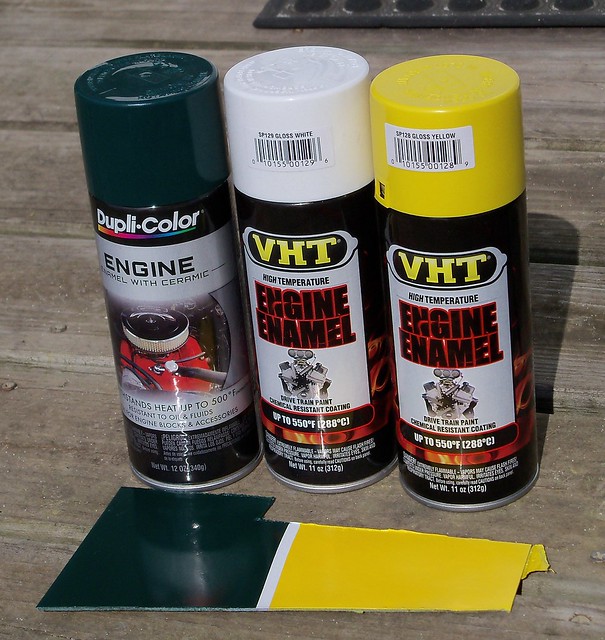
First sandblasting, and then hand sanding to look for areas that need bodywork. Doing this shows even shows the wrinkles at the rear of the tank from when the steel was stamped. I only had a couple dings to fix.
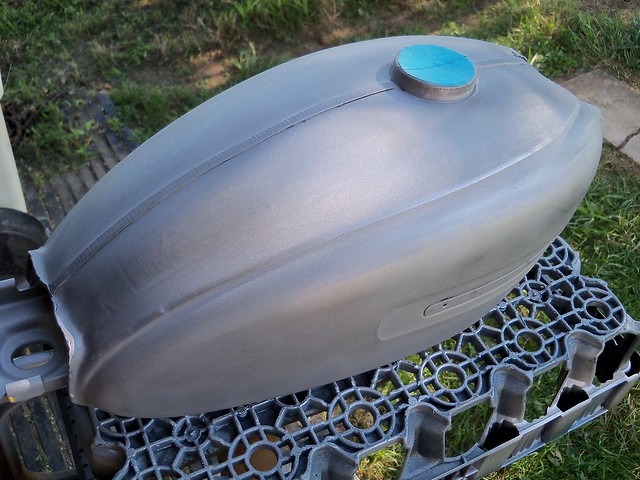
'70 and '71 had different tank badges. Here you can faintly see the shape of the '70 badges above the '71 badge area, I'm guessing from where they modified the stamping dies.

After bodywork, Dupli-Color self etching primer and then the gloss white. This gets wet sanded, and plenty of dry time so it won't wrinkle up when top coated.
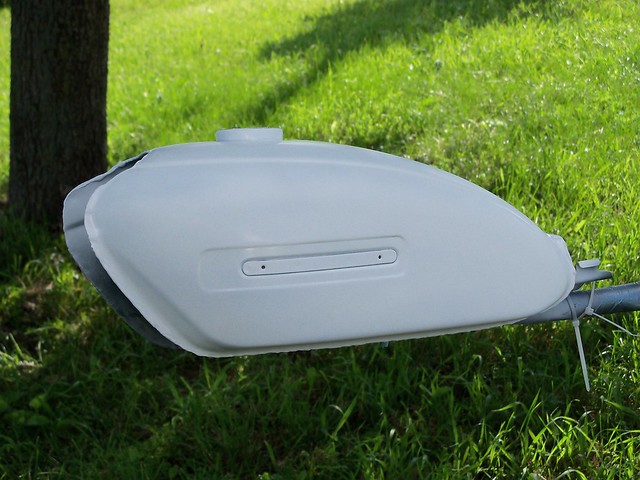
I began laying out the stripes with 3M fine line masking tape. Corners can be a little tricky to get just right. I'm not sure how the pros do a corner, but this is how I did it. I cut the top piece of tape so it ends anywhere on top of the bottom piece.
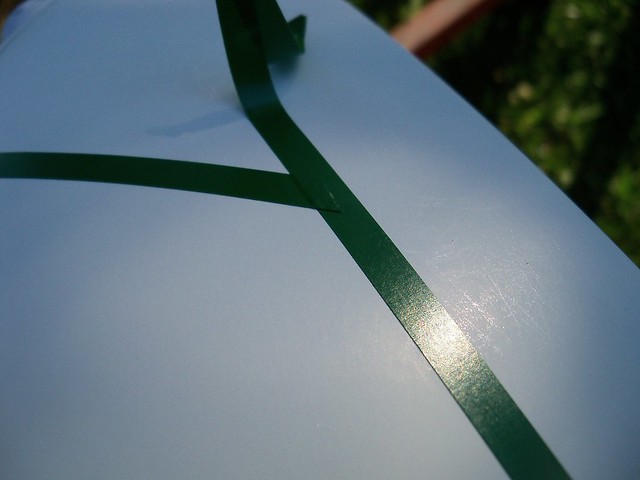
Then I used a new utility knife blade, and using the blade to line up with the top piece of tape carefully scored the bottom piece to cut it.
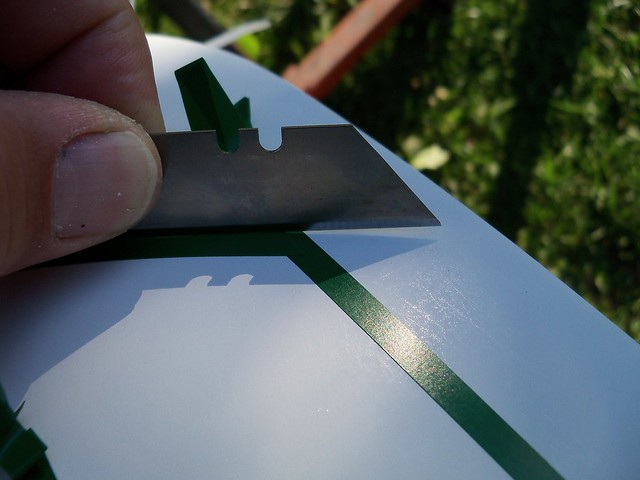
Here is the tank with the white stripe masked off. The reason for doing the entire tank white is that the other colors will cover much better and more evenly than if I'd just sprayed the stripe area.
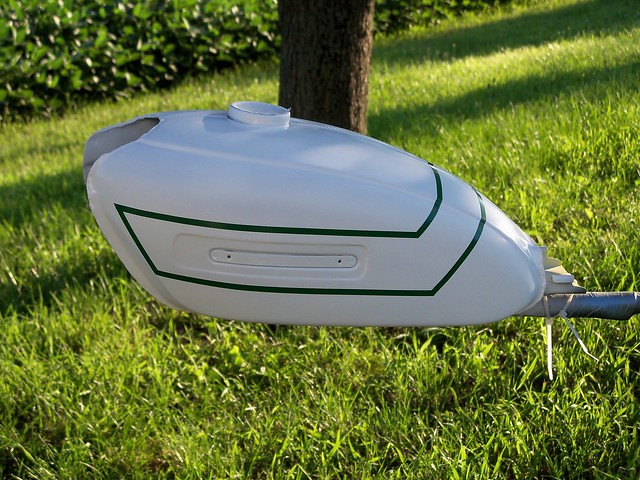
Here is the side cover ready to go.
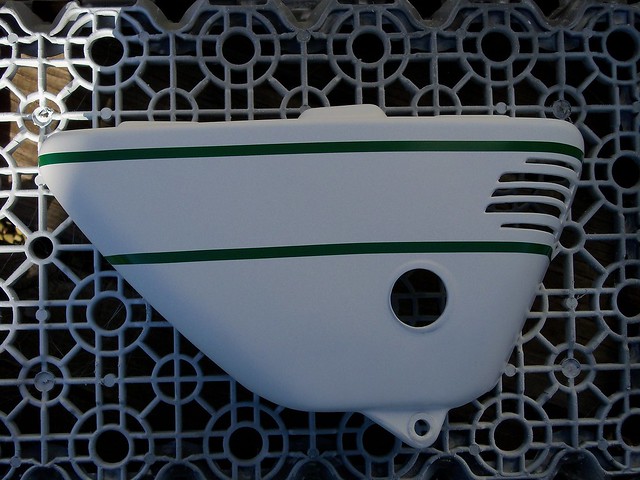
I masked the areas that will be yellow.
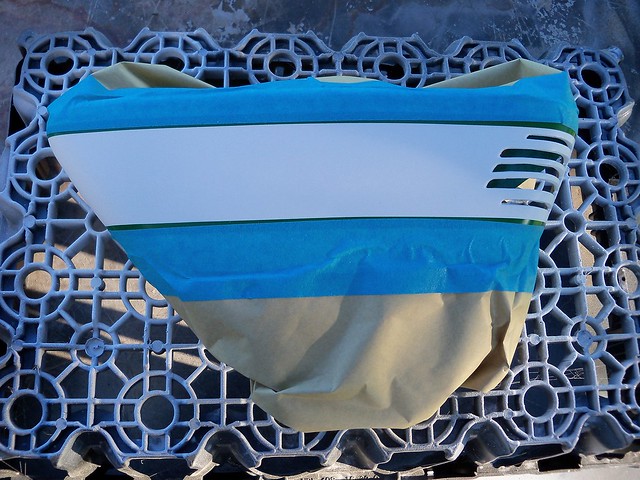
First the green. When the green is dry it will be masked and the yellow goes on. You can see lots of orange peel in the green. This will be wet sanded out. I leave the 3M fine line tape on for most of the wet sanding. I only peel it after I'm sure I won't need to respray anything.
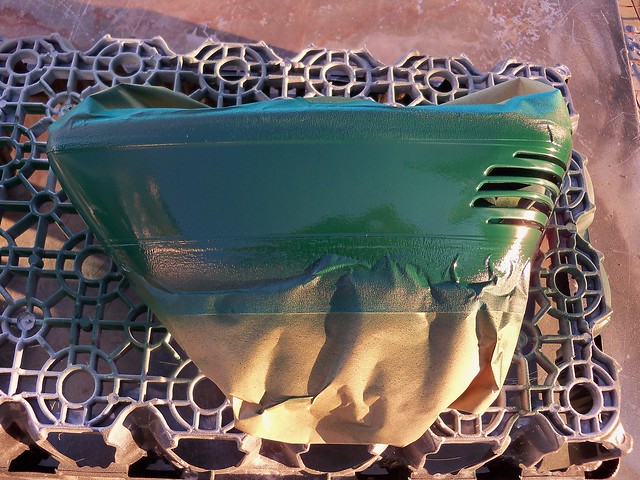
Here it is after wet sanding.
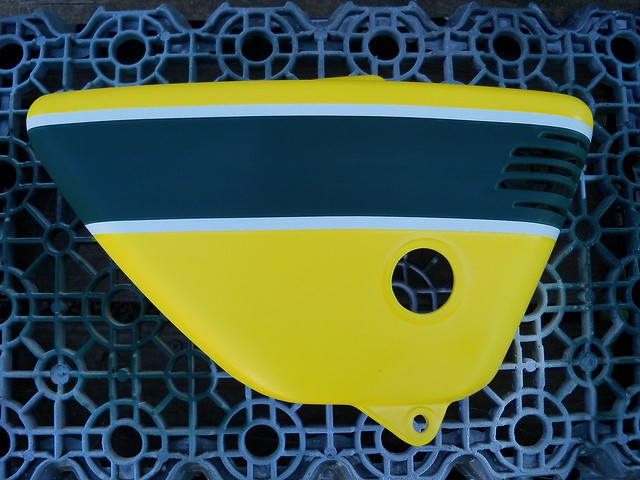
Then I used Spray Max 2K clear. I painted outside, which isn't ideal. If you do have a bug land in the clear when it is still wet, the best way to get it out is fold a piece of tape and capture the bug with the tape. You can then spray more clear and it'll usually flow out and won't leave a trace. It tack dries in a few minutes. Once it's tacky anything like dust or bugs will just sit on the surface and once it dries will hand buff out.
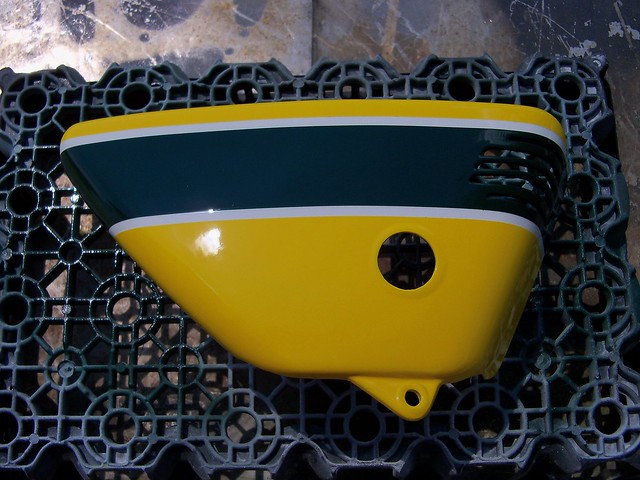
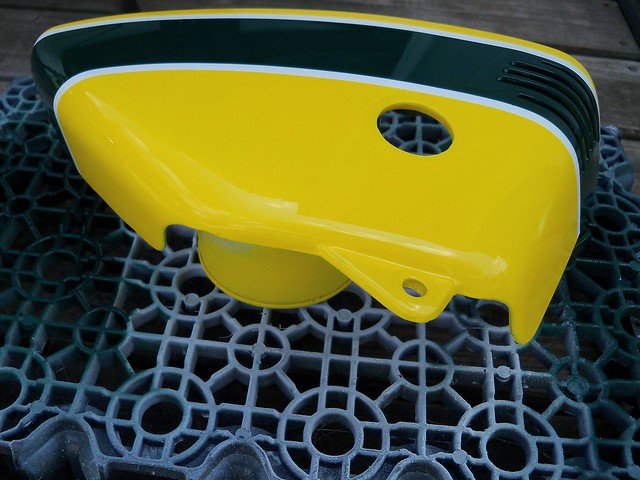
The colors look great.
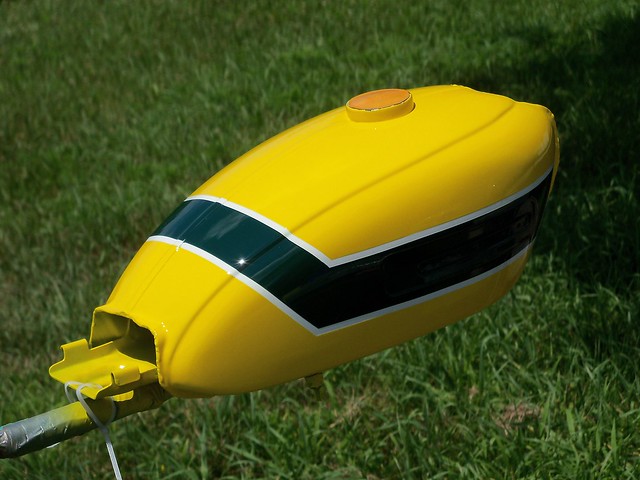
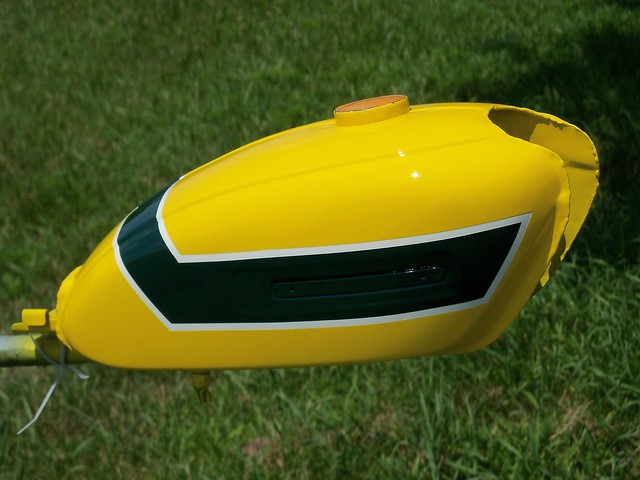
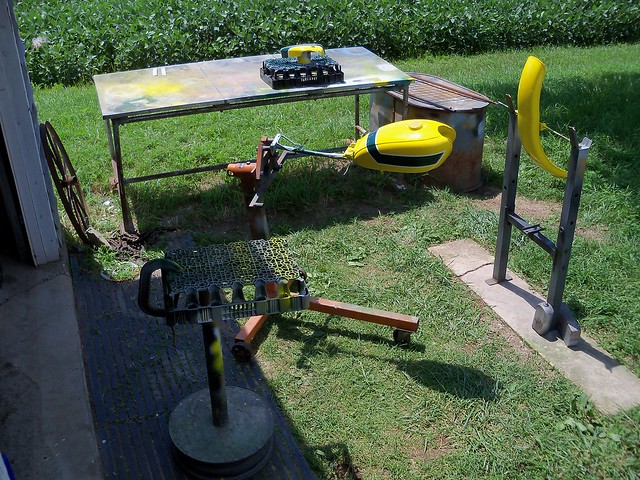
No comments:
Post a Comment